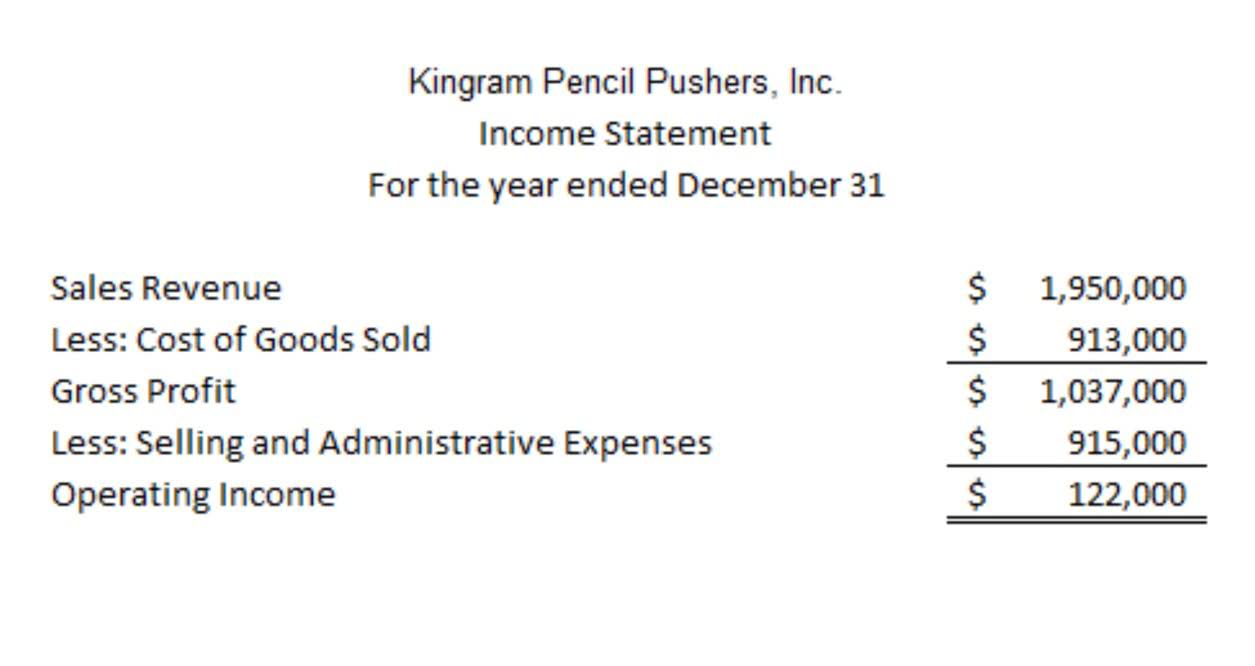What Is Cost Per Unit: How to Calculate + Tips To Reduce in 2024

Fixed costs include any expenses that don’t change through the normal fluctuations of business, such as leases of equipment and manufacturing facilities, as well as salaries of staff. Variable costs include any costs that go up and down as you tweak production. Hourly labor costs, electricity, fuel and raw materials are examples of variable costs. Unit product cost is the total cost of a production run, divided by the number of units produced. It is useful to delve into the concept in more detail, to understand how costs are accumulated. A business commonly manufactures similar products in batches that may include hundreds or thousands of units per batch.
What Happens to a Contribution Margin When Fixed Costs Increase?
Net profit is defined as the difference between total revenue and total cost. Analyzing revenues and expenses gives a clear indication of whether a company is performing and working effectively. A key way of increasing your profit margins is to calculate cost per unit and find ways of reducing it as much as possible. Costs of production include many of the fixed and variable costs of operating a business. Understanding how business production costs work is a critical part of any type of company. It’s going to impact everything from the suppliers you use to the type of product or service you produce.

What is Average Cost?
- Labor costs that differ based on location, skill level, and demand also affect your final cost per unit.
- Fixed costs include any expenses that don’t change through the normal fluctuations of business, such as leases of equipment and manufacturing facilities, as well as salaries of staff.
- Our advanced tool enables you to efficiently prioritize delivery stops, manage multiple routes, and ultimately save valuable time and fuel expenses.
- Greg’s Apothecary produces scented candles for an average of $10 per unit.
- Your team can also explore adopting lean inventory management practices and employing efficient warehouse layouts to cut storage costs.
- Properly training your employees to reduce product defects is crucial.
In the long term, the costs of producing a product are variable and will change from one period to another. The Average Cost, or “per unit cost”, is an economic term that describes the approximate cost incurred to manufacture one production unit. While the cost per unit refers to how much you spend to deliver one unit, the price per unit refers to how much you charge customers for each item sold. By keeping the cost how to calculate cost per unit per unit low, you can pass on the savings to the customer and entice more customers to buy (or take home more money if you’re able to sell it at a premium). For Greg and many other retail businesses, success is heavily reliant on having a profitable cost per unit — and half of that battle is keeping your costs low. These costs can range from warehousing to labour costs, to depreciation and opportunity costs.

Production Costs vs. Manufacturing Costs Example

Production costs might vary depending on your type of business and the industry that you’re in. These include fixed costs, variable costs, total costs, average costs, and marginal costs. Once you find out your production costs using the first formula outlined above, you can divide it by the total number of units produced during the same period. This formula can be a great way to find out how much it costs to produce a single unit, which can allow you to break down your production costs further. Suppose a business produces 1,000 pairs of ice skates for a total production cost of $20,000. Dividing the total production cost by the number of units produced provides a cost per unit of $20 per unit.

Properly training your employees to reduce product defects is crucial. Also, ordering only the necessary direct materials for production is important. Furthermore, optimize your production processes to cut errors that lead to excess raw materials. A practical approach to achieving this is by exploring alternative suppliers to source materials at a more affordable price. Conduct comparisons to identify high-quality materials offered at a lower cost.
By understanding how to calculate the cost per unit of a product, you can easily set the prices and attain your sales goals. Keep reading to know more about the cost per unit and how to calculate the unit per Price. Direct calculation works for businesses with a straightforward cost structure, and distinguishing fixed and variable costs is easy. For example, a small confectionary owner can easily distinguish between fixed costs like rent and salaries and variable costs such as flour, sugar, and labor. Then, it can divide the total costs by the number of confectionary items produced. Streamlining logistics operations, reducing inventory holding costs, and minimizing time to market can all help reduce cost per unit.
A large organisation can lower unit costs through economies of scale and optimise the market offering price. As the rate of production increases, the company’s revenue increases while its fixed costs https://www.bookstime.com/ remain steady. Therefore, the per-item cost of manufacturing falls and the business becomes more profitable. You can look into using different suppliers to source your materials at a lower rate.


Leave a reply